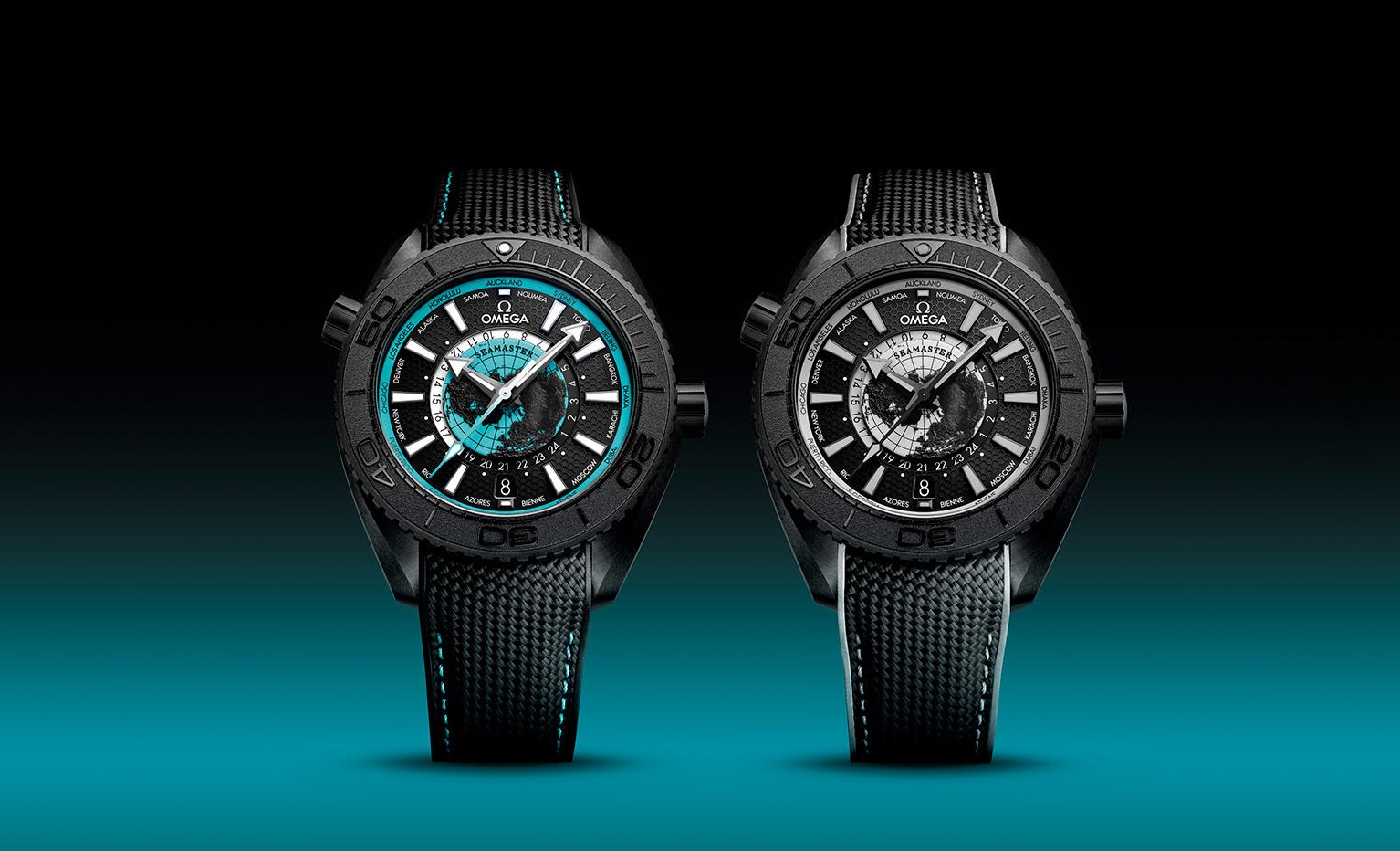
McLaren: A Focus On A Trio Of The Legendary British Brand’s Creations
A Brace of McLarens: A Focus on a Trio of the Legendary British Brand’s Creations
McLaren is a supercar company founded by a famous New Zealander, Bruce McLaren, who was an accomplished racer in the 1960s. When he won his first Formula One race, he was 22 years old, the youngest winner ever at that time. He founded the car company soon thereafter. From 1992 to 1998, the company built 106 cars called an “F1,” which was the fastest production car of its time (over 240 mph) and was sold for a then-unheard-of price of over $800,000; but the model now has received legendary (even cult) status, as one variant sold for close to $20,000,000.

Fast forward to 2010, when McLaren became a car manufacturing company in its own right and thus began a winding, high-speed, and banked road to the creation of some of the most desired cars on the planet. This story is about three of those successes, all of which I recently had the pleasure of experiencing—driving two (the GT and the 720S Spider) for a week each and then going to the press launch of the third (the Elva).
The McLaren GT

The first of the cars we’ll discuss today is the GT, the most “usable” of the McLarens in that it is designed to accommodate passengers and luggage for a grand-touring ride out of town and even across the country. The concept was to reimagine what theretofore mostly had been a rather heavy car used for touring, a 2-door of some length and heft which helped smooth out the road’s imperfections. McLaren’s guiding principle was to create a commodious supercar (as oxymoronic as that may sound) with the power and agility to hang with the best of them, and yet allow the driver and passenger to arrive after a long drive feeling fairly refreshed and happier for the experience. How did they do that?
Well, first off, McLaren knew that the suspension would be key. Given that McLaren built a solid reputation on suspension engineering, they were up to the task. The McLaren “Proactive Damping Control” suspension analyzes the road conditions and adapts rapidly to provide the GT ride which this car requires. Secondly, like all recent McLarens, the center cockpit is a “MonoCell II T” carbon fiber tub (chassis), which results in huge weight savings and provides exceptional rigidity (non-flexing) to the center of the car. Add to that the increased ride height to allow better ground clearance and more room for the suspension to travel and thereby absorb whatever the road throws at it.

At under 3,400 pounds, the GT is well below the weight of most grand touring cars, yet it doesn’t scrimp on power. Its twin-turbo V8 pumps out about 620 horsepower (HP) and does it with 465 pound-feet of torque, so that’s good enough to hit the top speed of over 200 mph after running 0-60 mph in about 3.2 seconds. Yes, this is a car that turns in blistering performance while coddling the occupants … and their luggage.
Pity that my time with the car didn’t allow a jaunt from LA to SF or a road trip of epic proportions in a blast to New York. However, I truly enjoyed my time behind the wheel of the GT, and I have no doubt that either of those experiences would have been great fun and allowed me to prove McLaren’s marketing tag line about the GT: “Time for what you love, space for what you need.” While not as radical as some of the other McLarens I’ve driven (I’m looking at you, Napier Green 675LT), it wasn’t designed to be, this is a touring car, as noted, so it’s meant to provide a comfortable ride with a sound that’s pleasant but not disruptive; yet, the McLaren DNA was ever-present—and I mean that in a good way. Pricing starts at about $210,000.
The McLaren 720S Spider

Aside from the GT, McLaren creates cars under three main banners: the “Sports Series,” the “Super Series,” and the “Ultimate Series.” The 720S coupe and Spider and the 765LT (for “long tail”) are the only models in the Super Series. More powerful than the GT and the Sports Series models, the 720S Spider relies on a V8 twin-turbo motor boasting 720 HP and 568 pound-feet of torque, which motivates this fast drop-top to a 2.9-second, 0-60 launch on the way to a 212 mph top speed (slightly slower with the top down).
With a dry weight of under 3,000 pounds, this truly is a svelte car, which is apparent when pushed through the canyons and up through the twisties. And that’s what this car is all about—great comfort and fun with the top down on a sunny day when out for a cruise, rather than startling quickness which seems to come out of nowhere to propel the car faster and faster and can then be reined in on-demand with excellent brakes.
Not sure you want the top up or down during the drive? It needs only 11 seconds to go from up to down or vice-versa. It also can be done while underway (up to about 30 mph), so changing your mind often is allowed.

Also, the car is a stunner with the top up or down, especially as the roof cantrails (a length of metal supporting the outer edge of the roof) are visible whether the top is up or town. They’re even glazed so you can see through them. There’s no lack of visibility when driving this car in either configuration.
Driving impressions? Wow! This car may be English, but it’s a plate full of huevos rancheros. The speed is one thing, but the feeling of that speed can be quite another. As with other super-quick McLarens I’ve driven, it feels even faster than it is (not that 0-60 in under three seconds isn’t quite rapid in and of itself). This car felt like I was wearing it, so amazingly responsive with just the right soundtrack coming from the tail. It was a wonderful experience, my favorite McLaren yet (I’ve driven most of the other models, other than the F1, P1 and Senna). What’s not to like? Pricing starts at about $315,000.
The McLaren Elva

Finally, but certainly not least, is the Elva, a beautifully designed car born of the wind and, along with the McLaren Speedtail and the Senna, a member of the elite McLaren “Ultimate Series.” (Elle va means “she goes” in French, and Elva was the name of the company that made Bruce McLaren’s open-top racers in the 1960s.) McLaren’s Elva uses the wind for interesting purposes, even channeling it through and below the hood and then back up in front of the cockpit to create an air dam or sorts, obviating the need for a windshield. It’s about as close as you can get to the feeling of riding a high-performance motorcycle while seated next to a passenger.
Utilizing the newly anointed “Active Air Management System” (AAMS), the airflow is directed up and over the cabin to provide an unusually un-turbulent calm for the driver and passenger, McLaren says, to provide all the adrenaline without any of the distraction. Unfortunately, the car shown at the launch was not allowed to be driven, but I will take their word for it, as everything I’ve read about McLaren’s promises have come to fruition.

I haven’t even heard the motor yet, a V8 with 804 HP and over 590 pound-feet of torque, but it boasts a new exhaust system, utilizing four pipes (two pointing higher than the other two), with each pair given a different tuning to provide a harmonious symphony compared to other McLarens. I hope that they release it as part of a mixtape. When fitted into the Elva, the lightest road-going McLaren yet (not formally announced, but said to be less than the McLaren Senna, which weighs about 2,650 pounds!), the Elva is reported to hit 125MPH in about 6.7 seconds (which used to be a rare performance time for 0-60 mph!).
I hope to be able to update this article with driving impressions; but until then, I will have to dream about the Elva like the rest of you. And did I mention production is limited to only 249 units and the pricing in the range of $1,700,000?
About the Author
A lifelong petrol-holic, mechanic (cars, motorcycles, boats), and automotive journalist since penning a column for his high school newspaper, internationally recognized attorney Tim Lappen is a partner at a major Los Angeles-based law firm, where he chairs the firm’s Family Office Group and its Luxury Home Group and is, of course, a member of its Motor Vehicle Group. He can be reached at tlappen@gmail.com or visit LifeInTheFastLane.org.

Photo Credit: Courtesy of Jamey Price
 SIGN UP
SIGN UP










